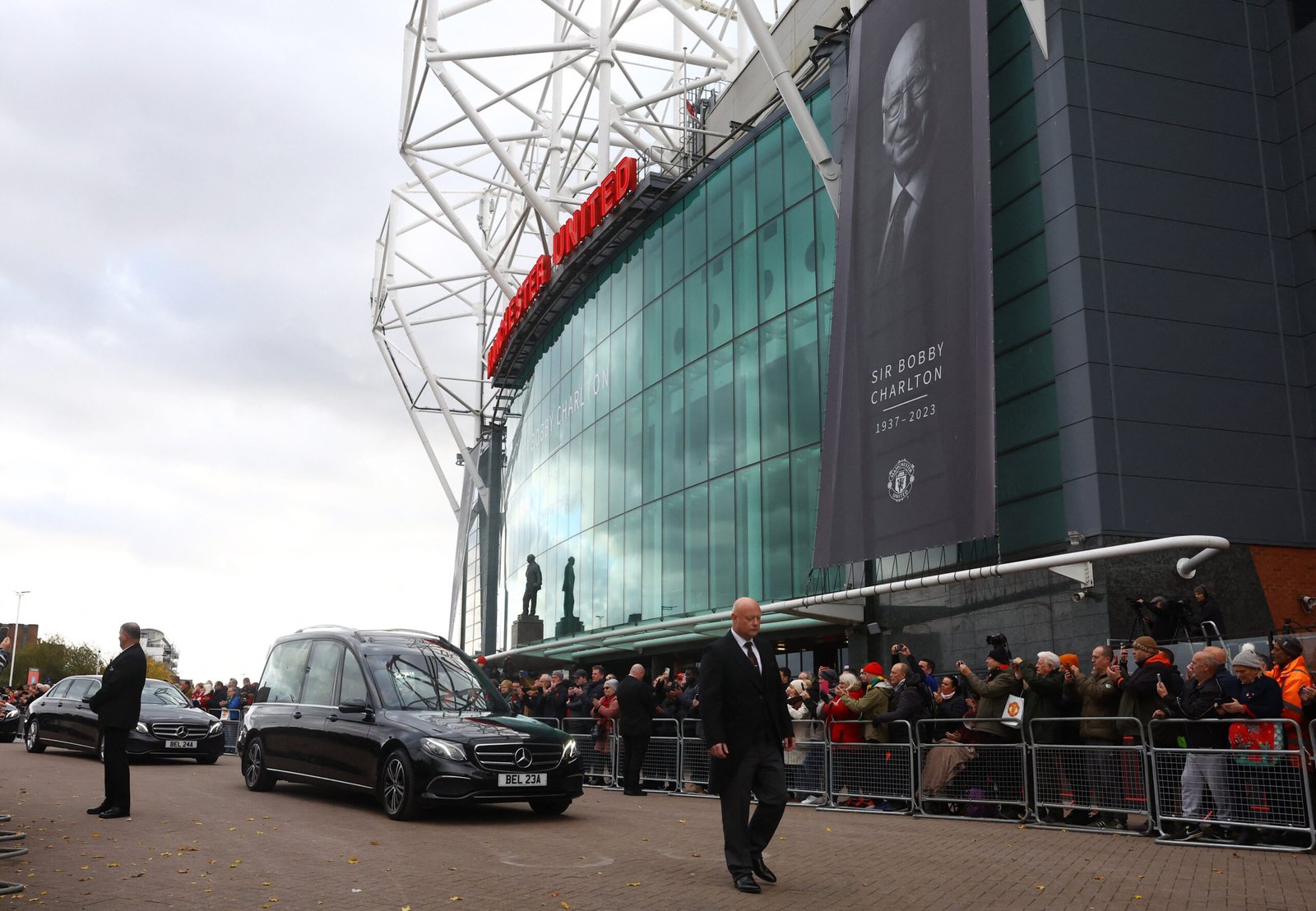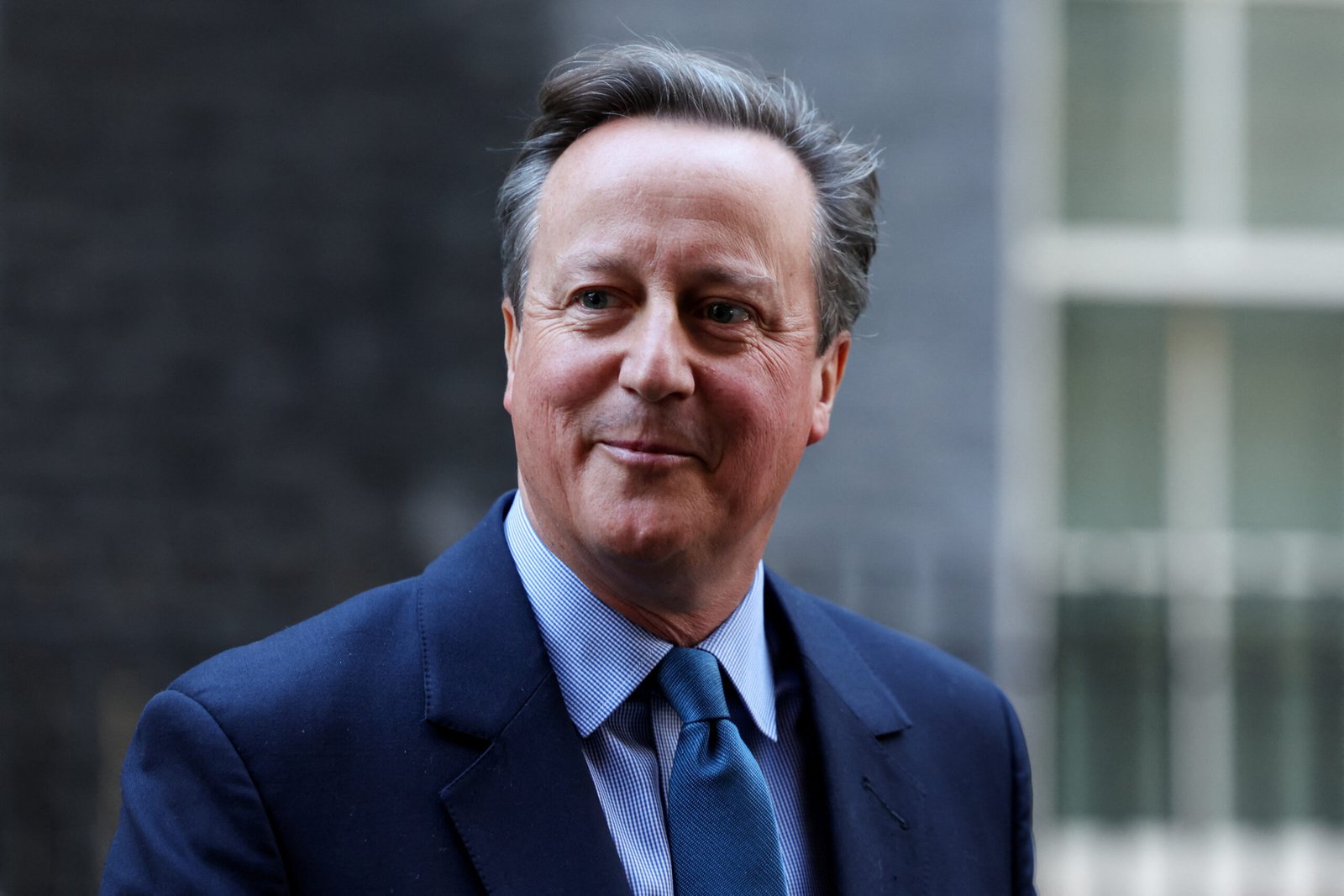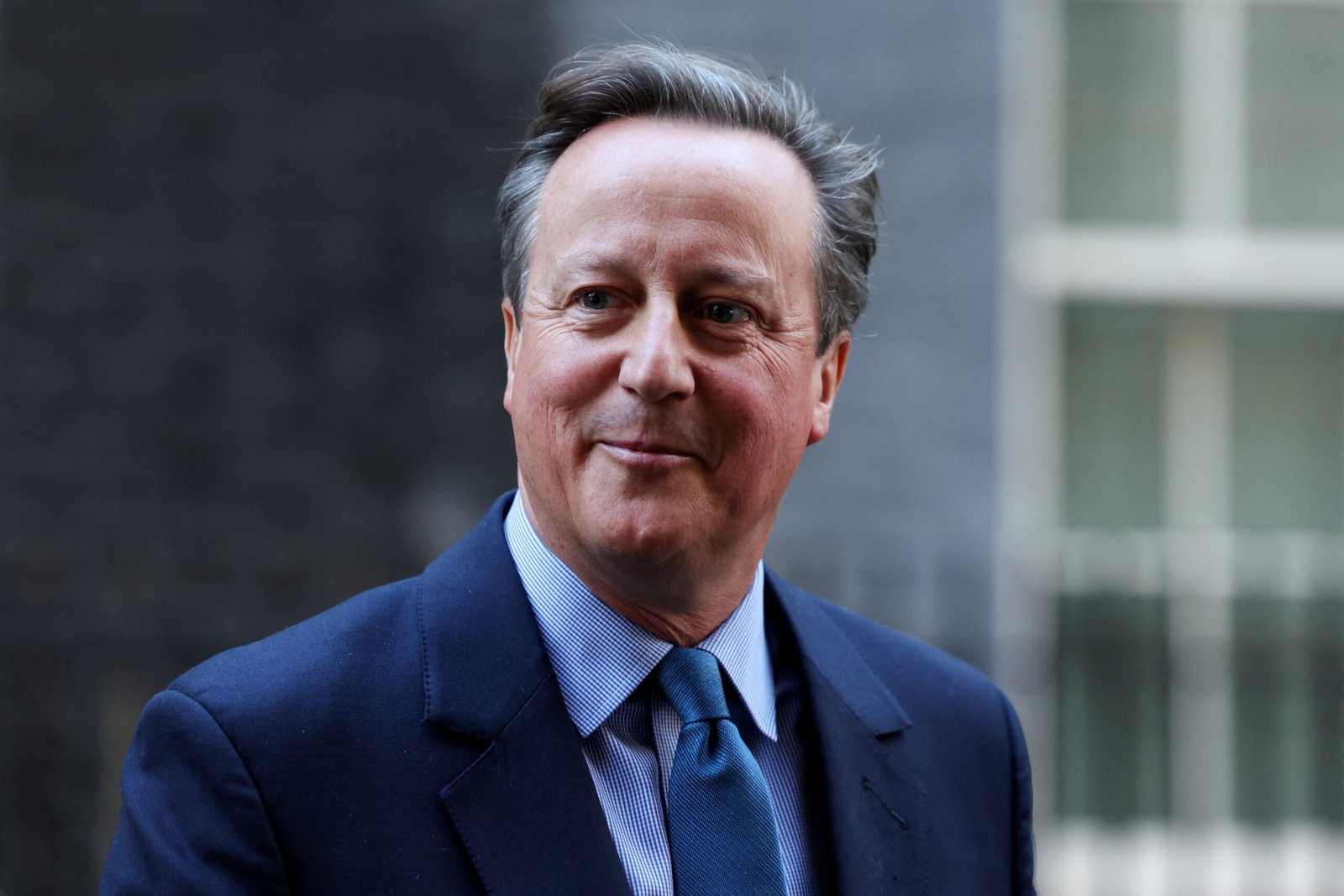Planning budgets is no difficult task, especially when one is fiscally responsible for a country.
President Donald Trump will announce later today his plan for the country’s federal budget in 2018. The primary component of the 53-page proposal, called “America First: A Budget Blueprint to Make America Great Again,” is significantly increasing military spending.
If approved, the budget will steeply increase military spending by $54 billion. Paying for the increased spending stems from cutting funds from more than 18 other agencies and eliminating dozens more. This includes the Agriculture, Labor and State departments receiving 20 percent less funding and the Environmental Protection Agency receiving 30 percent less funding, which would eradicate 50 programs and 3,200 jobs. Additionally, the budget will eliminate well-established programs created to assist the poor, fund scientific research, and aid U.S. allies.
Furthermore, America First will propose cutting all federal support for the National Endowment for the Arts, the National Endowment for the Humanities and the Corporation for Public Broadcasting.
White House officials claim that cutting funding to the non-military workforce is one of the administration’s major goals. However, critics are not confident that Congressmen and Congresswomen, Republican and Democrat, will eagerly support the proposal.
Sen. Marco Rubio (R-Florida), said that President Trump’s administration did not create a budget that will succeed.
“We do the budget here,” he explained. “The administration makes recommendations, but Congress does budgets.”
If the budget is approved, it will go into effect at the start of the new fiscal year, which begins Oct. 1. However, Congress must approve the 2018 budget by the end of April. If Congress and President Trump’s administration do not agree upon a 2018 fiscal plan, it is likely the government will partially shut down on April 29.
Although Congress generally make numerous revisions to budget proposals, the original proposal provides them with an idea of how successful negotiations will be.
Mick Mulvaney, White House Office of Management budget director, said the administration is open to negotiations, but they are confident in their proposal.
“This budget represents a president who is beholden to nobody but the voters. He is following through on his promises,” he said. “We did not consult with special interests on how to write this budget. We did not consult with lobbyists on how to write this budget. The president’s team wrote this budget and that’s what you’ll see in the numbers.”
The government expects to spend more than $4 trillion in the 2018 fiscal year. President Trump’s proposal directs allocations for approximately 25 percent of that funding.
Breaking campaign promises
Despite the administration’s focus on fulfilling promises, the proposal remains vague about the total job elimination. Furthermore, many of the funding cuts go against many of Trump’s campaign oaths. For instance, while Trump continuously said he wants to eliminate disease, the National Institutes of Health will lose $5.8 billion.
During his campaign, Trump also expressed his concern and planned aid to low-income citizens and minorities. However, the proposal will abolish the Low-Income Home Energy Assistance Program, which provides heating totally more than $3 billion to low-income families every year. Additionally, it will cut the Community Development Block Program entirely, which provides $3 billion to affordable housing, community development and homelessness programs.
Further fiscal components
While there are multiple steep funding declines, there are also several areas where the administration wants to increase spending. This includes allocating $168 million to charter school programs. It also allocates $250 million to a new private-school choice program, which will provide tuition assistance to families.
The steepest spending incline would go toward the Pentagon. However, the proposal does not thoroughly explain where the additional $54 billion will go to in that sector. It did increase military spending for all branches, but it did not outline any new tactics toward fighting ISIS.
























